






















 1
1




 1
1




Shawn Harper wrote:Another thing to keep in mind in insects see in colors of the light spectrum that are outside of the range of our eyes.











R Ranson wrote:
Shawn Harper wrote:Another thing to keep in mind in insects see in colors of the light spectrum that are outside of the range of our eyes.
I was wondering about that too. Of all the blue-flowered flax, the insects prefer this one variety and leave the others alone. If I get the lighting just right, I can see there is a ... how do describe it?... a shimmer near the center of the flower that isn't there in the other blue flowers. I wondered if that was what the bugs saw that made them like that variety more than the others.




Seeking a long-term partner to establish forest garden. Keen to find that person and happy to just make some friends. http://www.permies.com/t/50938/singles/Male-Edinburgh-Scotland-seeks-soulmate
 1
1
















 2
2



























 4
4




R Ranson wrote:I remember reading somewhere that some flowers are so designed that they can have as many bees or paintbrushes as we can toss at it, but the pollen still resists being transferred from one plant to another. Is it easy to tell if a plant is like this?
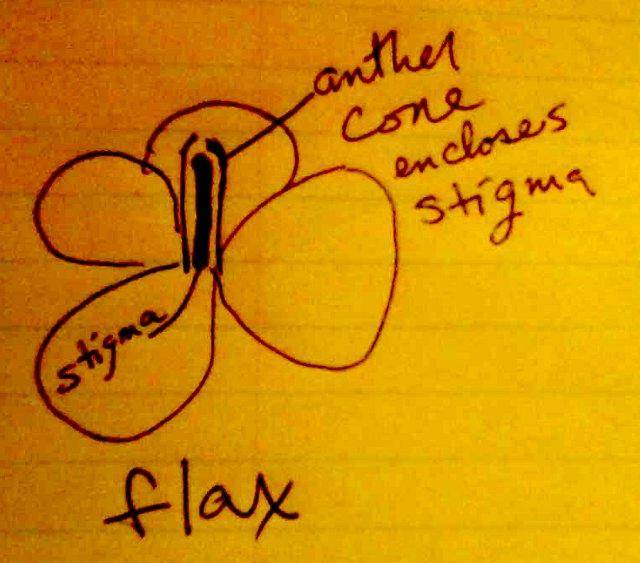

 4
4





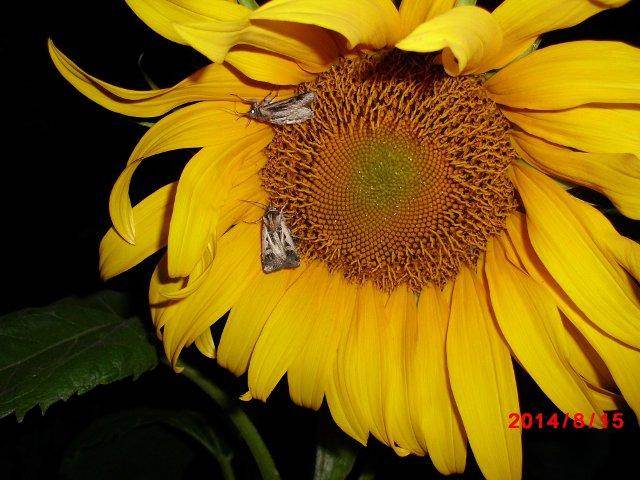
 1
1




The structure of the flowers is: The anthers are wrapped tightly around the style. Therefore, the stigma is highly likely to rub against the anthers of itself, and it's highly unlikely for foreign pollen to be able to get past the anthers and onto the stigma.
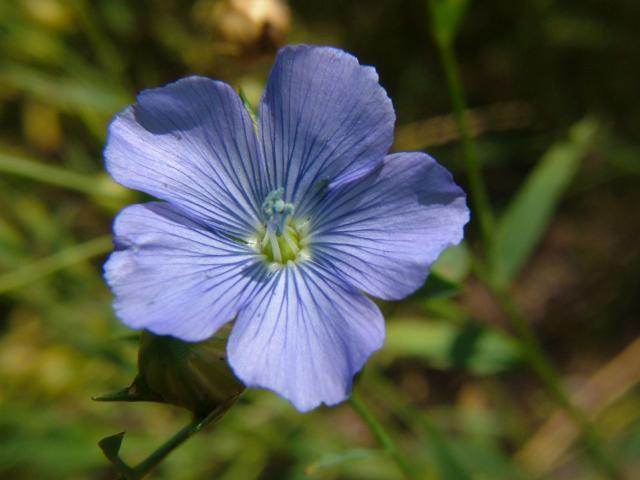








 2
2




R Ranson wrote:Thank you for having the words.
 2
2











 2
2




Living in Anjou , France,
For the many not for the few
http://www.permies.com/t/80/31583/projects/Permie-Pennies-France#330873

 2
2




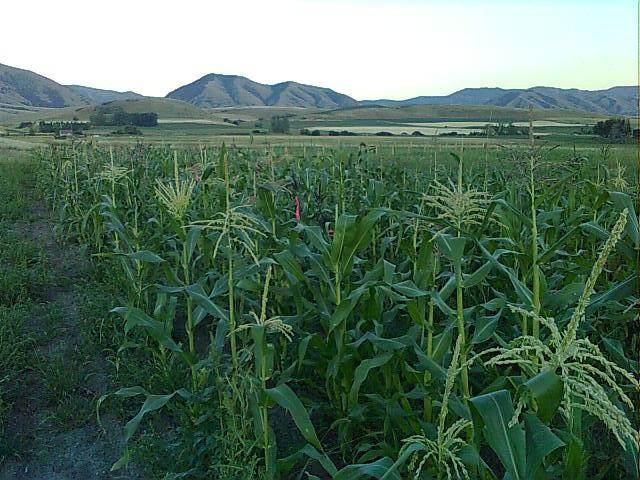
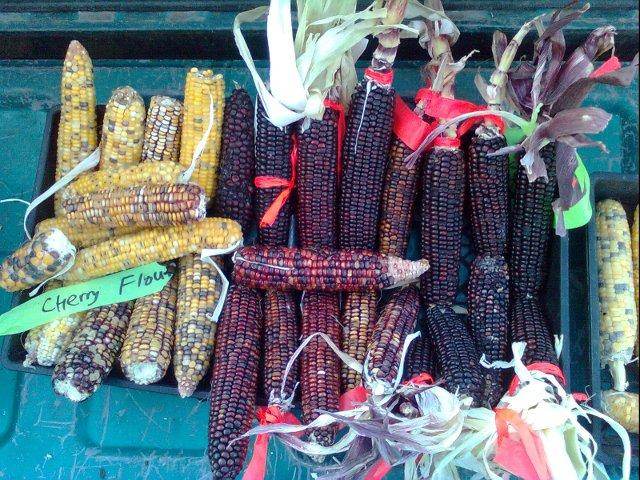


|
I've read about this kind of thing at the checkout counter. That's where I met this tiny ad:
Meeting that special someone with values similar to yours - at a permaculture workshop or event
https://permies.com/wiki/153784/Meeting-special-values-similar-permaculture
|








